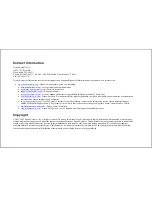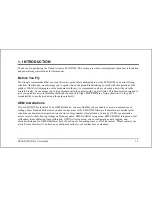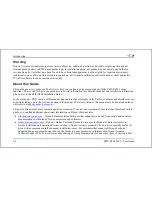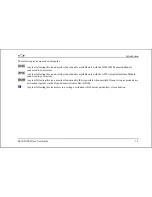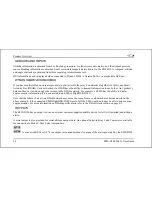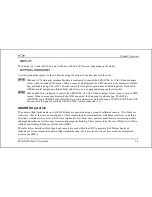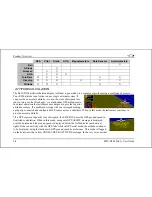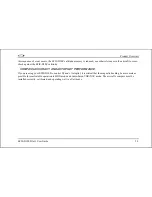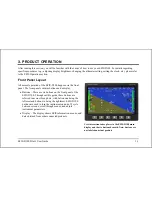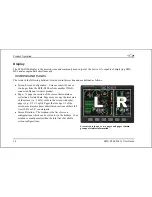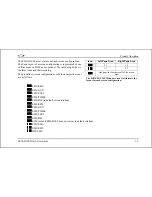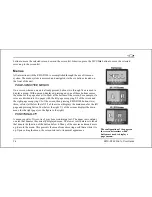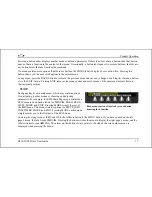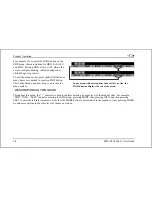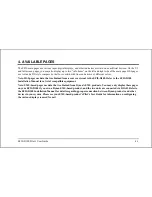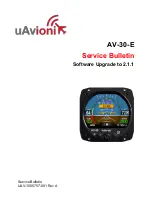
EFIS-D100 Pilot’s User Guide
2-1
2.
PRODUCT OVERVI EW
This section provides a general overview of the various parts of the EFIS-D100 as well as a theory of operation. The
information in this section serves as a reference only and helps familiarize you with the inner workings of the unit. It
should not be used for diagnostic or reparative work.
EFI S- D100 Hardw are
The EFIS-D100 uses solid-state sensors to provide accurate and reliable information about your flying environment in an
easy-to-use interface.
POWER
The EFIS-D100 requires between 10 and 30 volts DC for operation and has inputs for an external backup power supply
and a keep-alive voltage. It is acceptable to have the EFIS-D100 turned on during engine start.
The EFIS-D100 can be ordered with an optional internal battery which allows the instrument to continue to operate in
the event of an external power failure. This lithium-ion battery is rechargeable and is managed by the EFIS-D100. If the
always-on Keep Alive circuit is connected, the EFIS-D100 continues to charge its internal battery even if the instrument
is turned off. This ensures that your internal emergency battery is always fully charged. Under normal conditions, the
internal battery should have a voltage between 13 and 16.8 volts. When the battery’s voltage drops below 13 volts, the
EFIS-D100 displays a low battery warning. When new, a fully charged internal battery is rated for a minimum of 1.5
hours of normal operation with the EFIS-D100. If the EFIS-D100 has switched to its internal emergency battery due to a
power loss in your aircraft, it is advised that you land as soon as possible.


